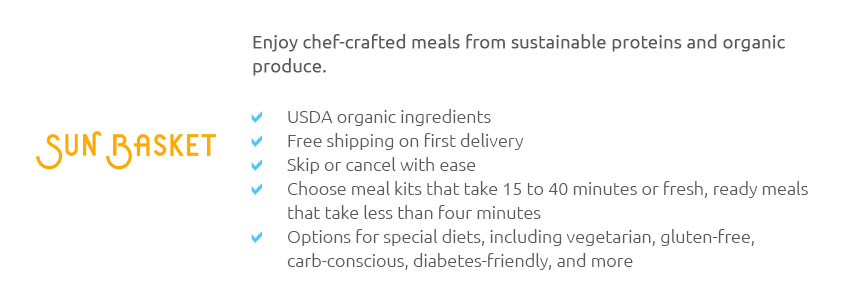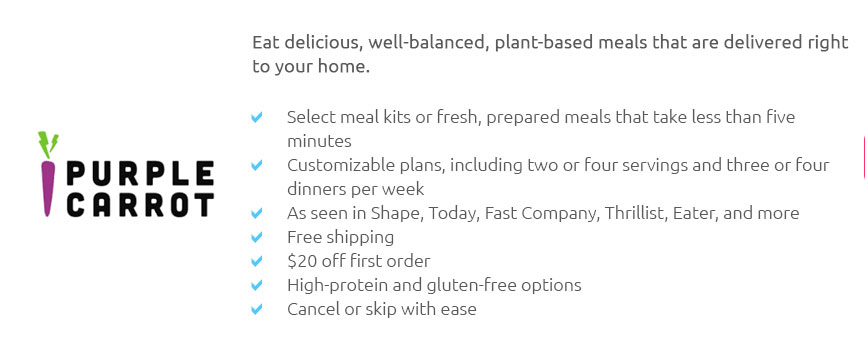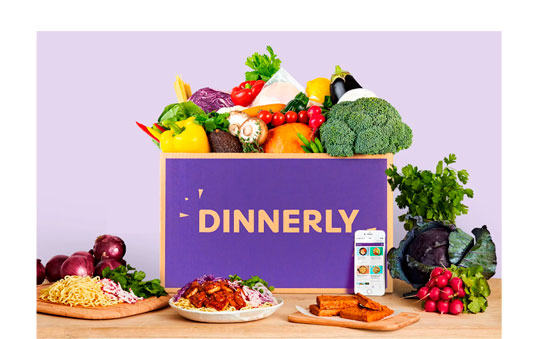 |
 |
 |
|---|
 |
|---|
 |
||||||
|---|---|---|---|---|---|---|
|
||||||
 |
 |
|||||
 |
 |
|||||
 |
 |
|||||
 |
 |
|||||
 |
 |
|||||
 |
 |
|---|
Comparing Food Delivery Services: A Comprehensive GuideIn today's fast-paced world, food delivery services have become an indispensable part of our lives, offering a convenient solution for those days when cooking is just not on the agenda. As the industry burgeons, numerous options are now at our disposal, each boasting unique features, pricing models, and service areas. This article aims to delve into the intricacies of popular food delivery platforms, providing insights that could help you decide which service best suits your culinary needs. Let's begin with the giants in the arena. Uber Eats, one of the pioneering forces in the food delivery sector, offers a vast selection of restaurants and cuisines. Its user-friendly interface and extensive reach make it a favorite among urban dwellers. However, the service fees can be somewhat steep, especially during peak hours. In contrast, DoorDash has carved out a niche with its competitive pricing and reliable service. It often features enticing promotions and discounts, making it a wallet-friendly choice. Furthermore, DoorDash’s DashPass subscription offers free delivery on eligible orders, a feature that regular users might find invaluable. Another notable mention is Grubhub, which stands out with its seamless integration of local eateries. Its commitment to supporting smaller, independent restaurants is commendable, and the platform often showcases unique dining options that might not be available on other services. While Grubhub does not always match the delivery speed of its competitors, its focus on diversity and quality makes it a worthy contender. Meanwhile, Postmates, now under the Uber Eats umbrella, offers more than just food; it delivers groceries, alcohol, and even personal items. This versatility is unmatched, though it comes at a premium. On the flip side, Seamless, closely related to Grubhub, targets a similar demographic but tends to focus more on the corporate sector, offering streamlined solutions for office lunch orders and group catering. It's also worth mentioning newer entrants like ChowNow, which empowers local restaurants by providing them with the tools to manage their own delivery services. This model promotes a direct connection between consumers and eateries, potentially resulting in lower fees and better customer service. However, availability is limited compared to the more established names. So, how does one choose the right service? Ultimately, it hinges on personal preferences and priorities. If cost is a primary concern, services like DoorDash or Grubhub, with their frequent promotions, might be appealing. For those who value speed and variety, Uber Eats stands out. If supporting local businesses is important, platforms like ChowNow could be the way to go. Postmates is ideal for those who appreciate an all-in-one delivery solution. As we navigate this landscape, it's clear that the best service is subjective, influenced by factors such as location, dining habits, and even ethical considerations. In conclusion, while the plethora of options might seem overwhelming, it ultimately benefits consumers by catering to a wide array of preferences and needs. As food delivery services continue to evolve, staying informed and adaptable will ensure that you can savor the best meals, no matter where you are. https://www.reddit.com/r/PortlandOR/comments/1fm6ss1/most_popular_food_delivery_app/
... compare with other apps to see which is cheaper. Upvote 0 ... Best food delivery service? 7 upvotes 27 comments. r/Syracuse icon. https://www.bonappetit.com/story/best-meal-delivery-services?srsltid=AfmBOoruyoz4_CM4891i9z-NhCLWcGgqvMd-HdaqXfwSNVJwJK4eXStd
While many food delivery services emphasize 30-minute home-cooked meals, Gobble advertises entres that take half that amount of time to prepare ... https://www.reddit.com/r/couriersofreddit/comments/16bxdht/best_food_delivery_app_to_work_for_nowadays/
... comparing reviews and talking to other drivers, I settled on ... services for in general have been useful? (Shipt, Uber, Instacart ...
|
|---|


